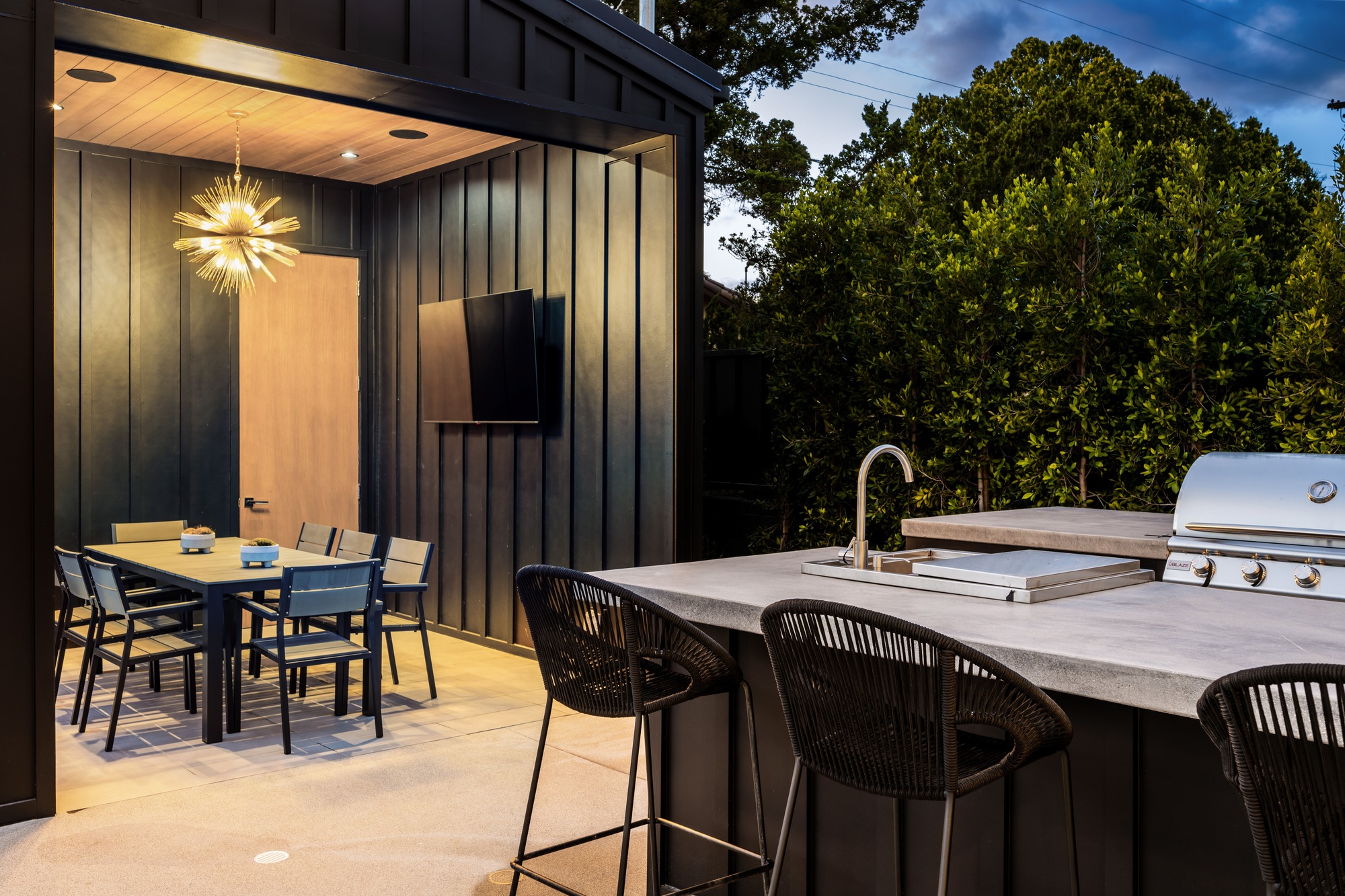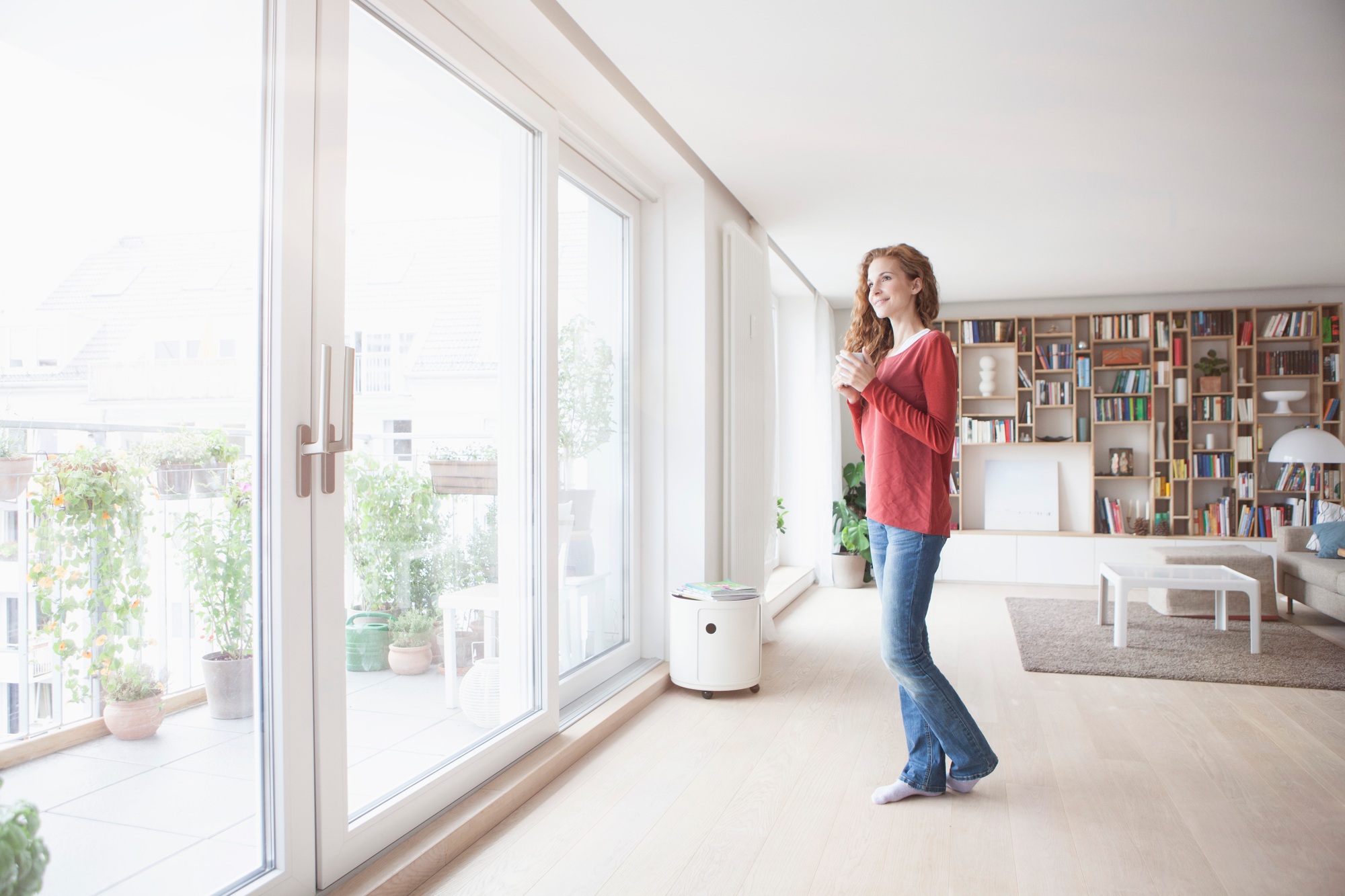Smart home automation continues to evolve, offering increasingly sophisticated technologies that enhance the functionality and efficiency of modern homes. In 2024, the focus is on seamless integration, enhanced security, and energy efficiency, providing homeowners with smarter solutions that make daily living more convenient and sustainable. This blog explores the top trends in smart home technology for 2024, showcasing how these advancements can transform your home life.
Seamless Integration and Interconnectivity
1. Centralized Control Systems
One of the most significant trends is the move towards centralized control systems that integrate various aspects of home automation into a single, user-friendly interface. Whether it’s through a wall-mounted panel or a smartphone app, these systems allow you to control lighting, heating, security, and more from one place.
2. Cross-Compatibility
As smart home devices proliferate, the need for cross-compatibility becomes more crucial. In 2024, more manufacturers are ensuring that their products can communicate with others, even across different platforms, allowing for a more cohesive and flexible smart home ecosystem.
Enhanced Smart Home Security
1. Advanced Surveillance Technologies
With advancements in AI and machine learning, surveillance technologies are becoming more sophisticated. Smart security cameras and systems now offer features like facial recognition, unusual activity detection, and real-time alerts, enhancing home security and peace of mind.
2. Integrated Security Solutions
Security systems are becoming more integrated with other home automation features. For instance, your security system can now interact with your lighting system to simulate occupancy when you’re away, or with your smoke alarms to unlock doors automatically in case of a fire.
Energy Management and Sustainability
1. Smart Energy Systems
Energy management is a key feature of smart home automation, with systems designed to optimize energy usage. Smart thermostats, energy-efficient appliances, and solar integration are helping homeowners reduce their carbon footprint while saving on energy costs.
2. Automated Energy Adjustments
Systems that automatically adjust your home’s energy consumption based on usage patterns, weather conditions, and peak demand times are becoming more common. These smart adjustments ensure that energy efficiency is maximized without sacrificing comfort.
Health and Well-being Enhancements
1. Air Quality Monitoring
Smart home systems now include sensors that monitor air quality and adjust air filtration systems in real-time. This is particularly valuable for people with allergies or respiratory issues, ensuring that the indoor environment remains healthy.
2. Lighting Systems that Sync with Your Biological Clock
Automated lighting systems that adjust based on the time of day can support your natural circadian rhythms, enhancing sleep quality and overall well-being. These systems use warm and cool lighting to mimic natural light patterns, promoting better sleep and more energized wakefulness.
Conclusion
The smart home automation trends of 2024 reflect a shift towards more integrated, secure, and energy-efficient systems. By embracing these advancements, homeowners can enjoy a home that is not only more connected and convenient but also more responsive to their individual needs and environmental concerns. As technology continues to advance, the potential for smart home automation to improve everyday life becomes even more profound.








